Ask the Best and Brightest: What Was the Last Crank Start Car? UPDATE: Contest Added – Win a New Car!

Since I’m the guy who generally won’t take photographs of ’69 Camaros and ’57 Chevys (well, unless they’re really special ’69 Camaros and ’57 Chevys ) and who will walk past 5 “Eleanor” Mustangs to look at one American Motors Hornet, it should come as no surprise that for the past couple of years I’ve made it a point to attend the annual Orphan Car Show held in Ypsilanti, Michigan’s Riverside Park. This year was the 16th iteration of the OCS, which is affiliated with Ypsi’s Automotive Heritage Museum. With a number of century old (and older) brass era cars at the event, it’s not surprising that some of them had to be started with hand cranks. What is surprising is that not all the crank starting cars dated to before World War One. Actually, a couple of them date to the Vietnam War era and later.
The Ypsilanti Automotive Heritage Museum is located in what was the Miller Motors building, the last surviving Hudson dealership in the world, and it is dedicated to that marque as well as the Nash, Kaiser Frazer and Tucker brands (plus Corvairs and GM Hydramatic products, both assembled in Ypsilanti), so the Orphan Car Show was a natural idea. It’s a judged show with rules and the cars range from genuine barn finds to museum loans and top level concours cars. As with other Detroit area car shows, some of the car owners and judges are industry designers, engineers and executives. Buck Mook, a retired Ford designer, was showing his 1954 Ford Comete Monte Carlo coupe, one of only 699 that were made, with a body designed by Pininfarina, commissioned by Henry Ford II, based on a French Ford with a flathead V8 and a body coachbuilt by Facel. Mook’s car was actually the Deuce’s personal car and he bought it from the company in 1967. Not far from the Comete coupe was Howard Payne‘s superb black bustle backed 1937 Cord 812 Beverly sedan. Howard worked with Mook at Ford. Before they collaborated on the Mustang II with Mook doing the exterior and Payne the interior (don’t laugh, the Mustang II was very successful by Detroit’s most important metric, they sold train loads of them), Payne had a significant role in what became the 1961 Lincoln Continental.
To get into the show, a car must be an orphan. For the purposes of the show that means a car from a brand that has not been sold in the United States for at least 8 years. Therefore Plymouths have been allowed in the show since 2009, and since Oldsmobile died in April of 2004, this was the first year that Olds cars were on display. Mercury went out of production in late 2010 so it won’t be let into the show until the 2019 version, but Pontiacs will make it in for the 2017 show. Show organizers bend their own rules a bit because there is usually a large contingent of Corvairs. With the museum’s nice collection of Corvairs, that’s understandable, though Chevy is still in business.
Ford is also still in business but European Fords that are no longer sold here are also displayed. Continental Mark II cars from 1956 and 1957 (surely one of the great bargains among collectible cars, you can buy a nice driver for the cost of a loaded Camry) can be displayed, because technically they were made and sold by Ford’s short lived “Continental” division. AMCs are permitted as are pre-1987 Jeeps by that company, Willys or Kaiser. Cars also apparently have to be stock, another rule that is bent, since one of the Corvairs that’s regularly in the show has obvious modifications (it was the personal car of Corvair designer Ned Nickles and all the mods were done by him, some at GM). Another car owner alluded to that rule when he looked around before lifting the hood of his car and said, “They’re supposed to be stock”. I’m sure some of that engine was still stock but it didn’t leave the factory with that carburetor, those cast valve covers or those headers. I don’t want to get the owner in trouble with show organizers so I’ll just say that it was a later first generation version of a car whose second generation has been the subject of one of Murilee’s Junkyard Finds, an import sold by a company that still exists but under a brand that no longer is sold in the United States, a model name that has been used by the same parent company over the course of many decades on a variety of cars. Note: The first person who correctly identifies the year, brand sold under in the USA, model, country of origin and engine family will win a new car (taxes and delivery fees not included). For tie breaking purposes, please also include all the different models that wore this nameplate.
With Citroens not having been imported to this country in a while (other than the SM, was there ever official distribution of Citroen product in the US?), it’s not surprising that there’d be some cars bearing the double chevron along with the other orphans. Last year there was a Traction Avant, a 2CV and a Dyane.
This year there was a larger contingent of Citroens. Well large is a relative term. The Traction Avant didn’t make it (rain was threatening and there were even a few sprinkles) but there were four Citroens, a pair of 2CVs, separated in production by almost two decades, and two Dyanes. One of the Dyane owners got out the jack handle/lug wrench and stuck it in a hole in the front of the car. If you’re a young’un you may not know this but crank starting cars did not end with Charles Kettering’s invention of the electric self-starter in 1913 (making it possible for many women to drive gasoline powered cars). A number of postwar European cars, and not just microcars, could be started manually… or as in the case of this Dyane with a dead battery, not started manually. The guy cranked it over by hand a few times without starting it and then he and his Citroen buddies decided that they’d push start it later.
I know that Citroens were not the only postwar cars which could be crank or pull started. Early Volkswagen Beetles had a special fastener on the crankshaft pulley and a hole in the rear valence so a hand crank could be inserted.
If you’re older than, let’s say 50, or if you hang around with people who collect old lawnmowers or outboard motors, you might know that small engines didn’t always have a recoil gizmo for the pull start cord. Before they figured out how to make a pull starter that recoiled the rope and freewheeled once the engine started, your lawnmower or outboard came with a rope. It was knotted at both ends (calm down, Bertel) and the rope passed through a hole in a wooden handle. The engine had a pulley or cup with a notch in it for the rope’s knot. You put the knot in the notch, wrapped the rope around the pulley or cup and gave it a good pull. It works the same with an air-cooled VW.
The brother of a friend had a 1964 Beetle with such a notch in the crankshaft pulley. The engines are low enough compression that it’s not too hard, particularly with the early 1300cc models. Just remember, a Model T has a 2.5 liter inline four and people hand started those. I believe that the notched pulley was a factory VW part but it’s been 20 years since I last rebuilt a VeeDub engine. I’m sure that our esteemed editor emeritus Ed’s father could tell us for sure.
I do know that you could buy aftermarket pulleys and it looks like there was also the alternative of using the generator pulley, as an accessory called the Startfix Handenlasser was made in Germany and marketed in the US by Small Car Essentials for the grand sum of $2.45. It’s a leather strap that had a handle secured at one end and a metal rivet at the other. The instructions say to drill a small hole in the generator pulley’s outer flange so you can engage the rivet, you wrap the strap around the pulley, stand to the side and give it a yank.
According to the Samba forum, VW discontinued the hand crank on Beetles by 1950 though Type IIs (Buses) had them through ’59. Apparently all VW 181 models (aka The Thing) had a hole in the bumper though it’s not clear how many came from the factory with the correct sheet metal and crankshaft nut. So what other postwar cars besides the air cooled Citroens and VWs could be hand started? The Dyane was in production until 1987. What was the last car built that came with a crank for hand starting sold new in Europe, Japan or North America? Are there any cars still being produced somewhere in the world that still have the facility for hand starting? Have you ever crank started or pull started a car?
Ronnie Schreiber edits Cars In Depth, a realistic perspective on cars & car culture and the original 3D car site. If you found this post worthwhile, you can dig deeper at Cars In Depth. If the 3D thing freaks you out, don’t worry, all the photo and video players in use at the site have mono options. Thanks for reading – RJS

Ronnie Schreiber edits Cars In Depth, the original 3D car site.
More by Ronnie Schreiber
Latest Car Reviews
Read moreLatest Product Reviews
Read moreRecent Comments
- Bd2 Looking forward to flooding the rental lots with Hyundai and Kia models, this is just one obstacle now eliminated.
- Kcflyer keep the color. lose the stupid front design. make it reliable, at least as reliable as a base 911. Then and only then is it somewhat worthy of that price.
- FreedMike I'm not sure why anyone would choose this over an A8 or S-class.
- FreedMike I think the manufacturers who are discontinuing affordable small and midsize cars in favor of more expensive crossovers (that are built on the same platforms and use the same mechanicals as said small and midsize cars) may well live to rue that decision. Having said that, though, at least GM is offering decent entry level stuff beyond the Malibu, so good for them.
- Kjhkjlhkjhkljh kljhjkhjklhkjh The only one worth missing is in the EU making 350-ftbs of twist off a 2.0 diesel ..




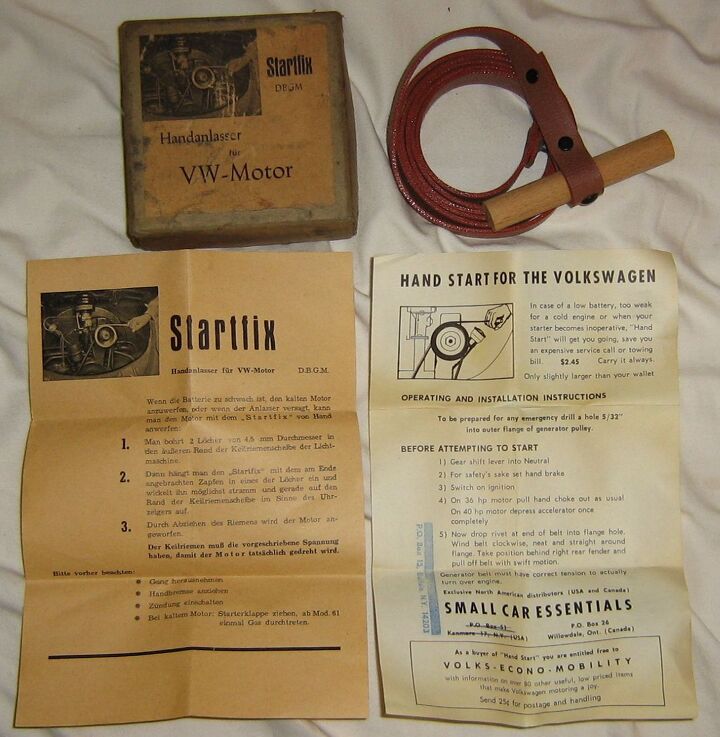







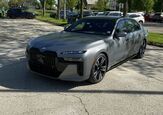












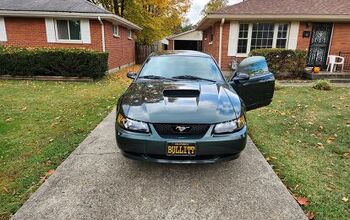


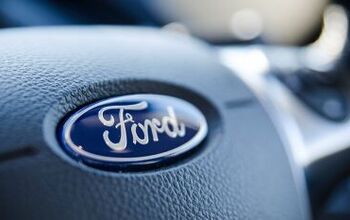


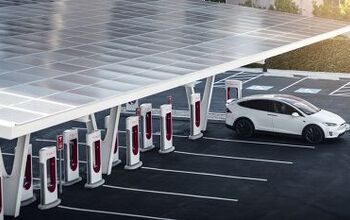
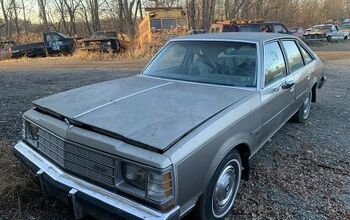
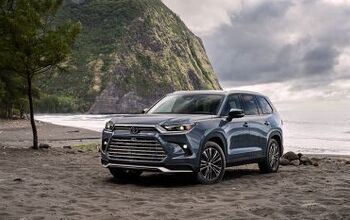
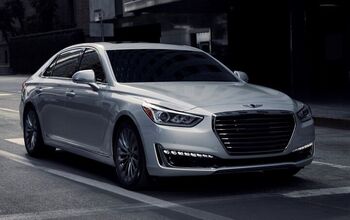
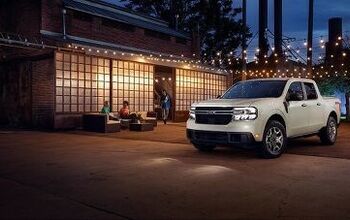
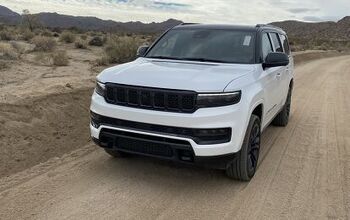

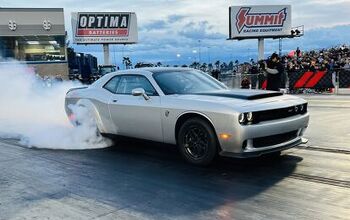

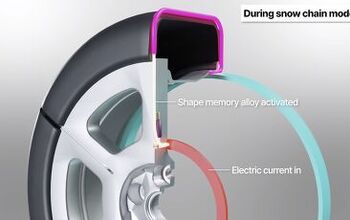
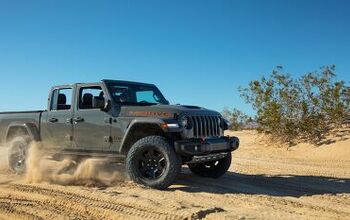
Comments
Join the conversation
Dad's 1965 Datsun station wagon could be crank started- it came in handy out in bush once or twice.
I think Austin Healey's had a provision for crank starting right to the end of their run in 1967.